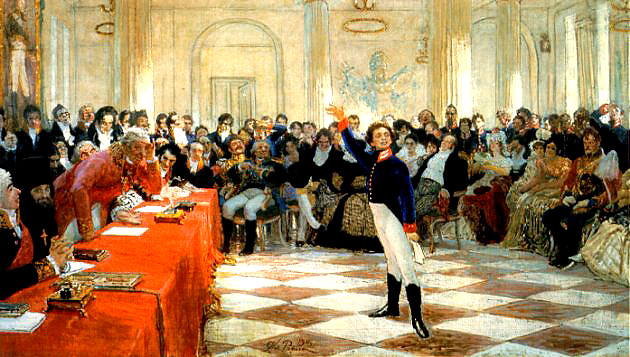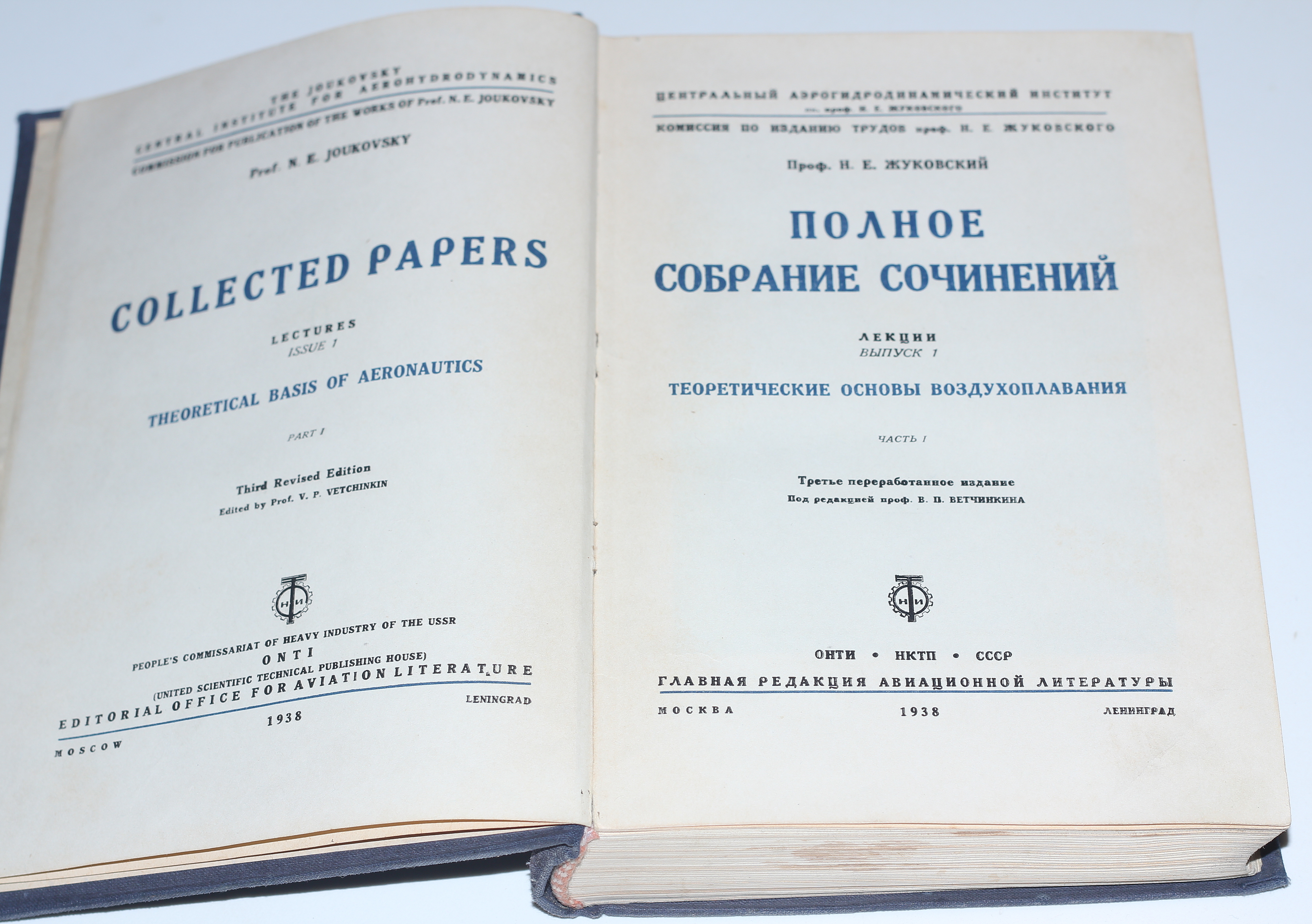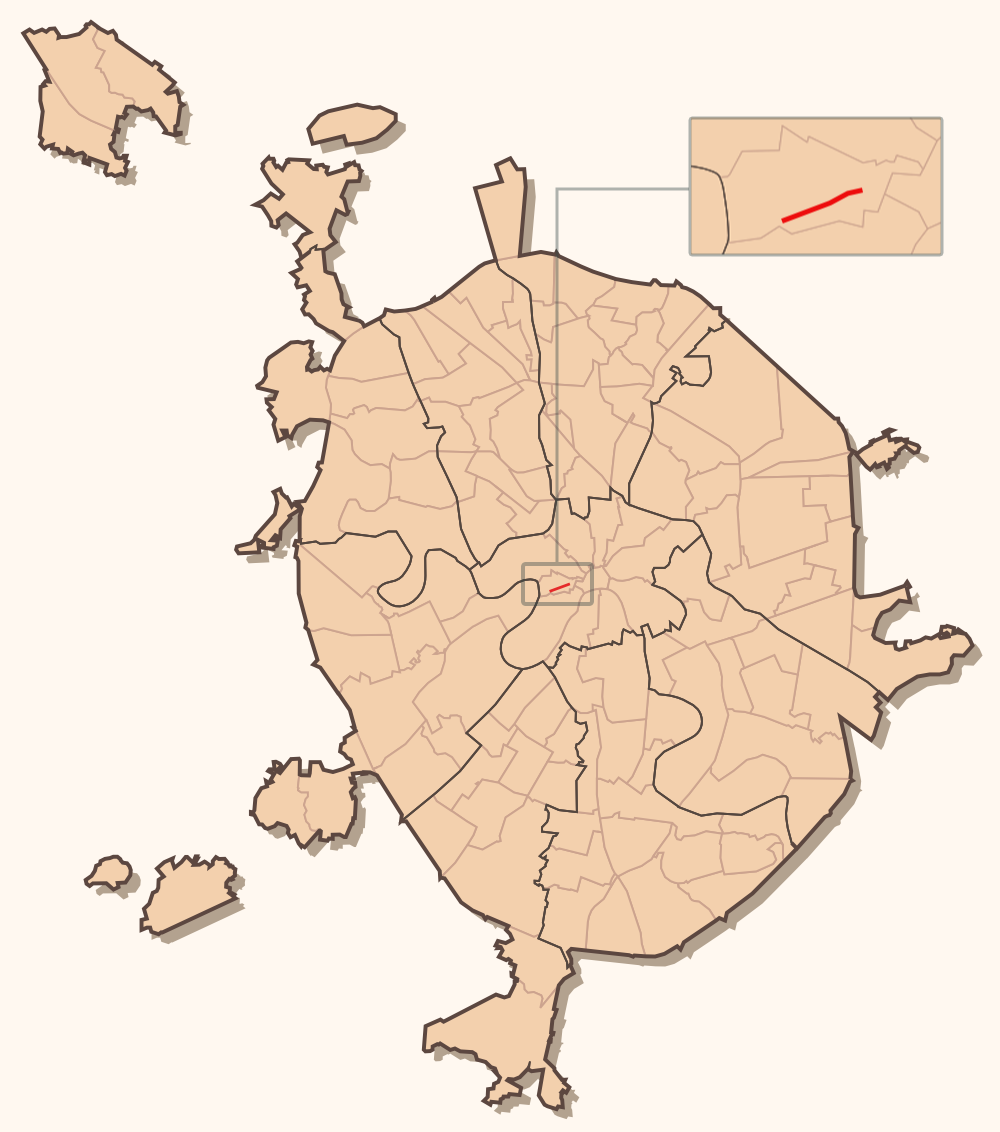|
Konstantin Podrevsky
Konstantin Nikolayevich Podrevsky (russian: link=no, Константин Николаевич Подревский; 14 January 1888 in Turinsk, Tobolsk Governorate, Russian Empire – 4 February 1930 in Moscow, USSR) was a Russian Soviet poet of Polish origin on mother's side, a translator and lyricist, co-author of more than 150 popular songs of the 1920s, including "Dorogoi dlinnoyu" which he wrote with Boris Fomin. Biography Konstantin Podrevsky was born in Turinsk, Tobolsk, to Nikolai Nikolayevich Podrevsky (1855–1916), a Russian raznochinets (later journalist and editor of ''Sibirsky Listok'' newspaper), and Zoya Ignatyevna, (born Vincentina Wilhelmina Lisowska, 1862–1925?), a daughter of the Polish revolutionaries who were deported to the Siberia after the 1863 Uprising. In Astrakhan, where the family settled after having received the permission to return from Siberia, Konstantin joined the city's First Gymnasium. After graduation in 1906 he enrolled into the Kiev Uni ... [...More Info...] [...Related Items...] OR: [Wikipedia] [Google] [Baidu] |
Turinsk
Turinsk (russian: Туринск) is a town and the administrative center of Turinsky District of Sverdlovsk Oblast, Russia, located on the right bank of the Tura River midway between Verkhoturye and Tyumen, near its confluence with the Yarlynka, northeast of Yekaterinburg. Population: History It was founded in 1600 as an '' ostrog'' in place of the ancient town of Yepanchin, which was razed by Yermak Timofeyevich in 1581. Notable people *Konstantin Podrevsky, Soviet Russian poet, co-author of "Dorogoi dlinnoyu" *Margarita Terekhova Margarita Borisovna Terekhova (russian: Маргари́та Бори́совна Те́рехова; born August 25, 1942 in Turinsk, Sverdlovsk Oblast, Russian SFSR) is a Soviet and Russian film and theatre actress. She was awarded the title ..., Soviet Russian actress References {{Authority control Cities and towns in Sverdlovsk Oblast Populated places established in 1600 Turinsky Uyezd ... [...More Info...] [...Related Items...] OR: [Wikipedia] [Google] [Baidu] |
Kiev University
Kyiv University or Shevchenko University or officially the Taras Shevchenko National University of Kyiv ( uk, Київський національний університет імені Тараса Шевченка), colloquially known as KNU, is located in Kyiv, the capital of Ukraine. The university is universally recognized as the most prestigious university of Ukraine, being the largest national higher education institution. KNU is ranked within top 650 universities in the world. It is the third oldest university in Ukraine after the University of Lviv and University of Kharkiv. Currently, its structure consists of fifteen faculties (academic departments) and five institutes. It was founded in 1834 by the Russian Tsar Nikolai I as the Saint Vladimir Imperial University of Kiev, and since then it has changed its name several times. During the Soviet Union era, Kiev State University was one of the top-three universities in the USSR, along with Moscow State University and Le ... [...More Info...] [...Related Items...] OR: [Wikipedia] [Google] [Baidu] |
Soviet Poets
This is a list of authors who have written poetry in the Russian language. Alphabetical list A B C D E F G I K L M N O P R S T U V Y Z Sources See also * List of Russian architects * List of Russian artists * List of Russian explorers * List of Russian inventors * List of Russian-language novelists * List of Russian-language playwrights * List of Russian-language writers * Russian culture * Russian poetry * Russian literature * Russian language * :Russian poets {{DEFAULTSORT:List Of Russian Language Poets Russian Poets A poet is a person who studies and creates poetry. Poets may describe themselves as such or be described as such by others. A poet may simply be the creator ( thinker, songwriter, writer, or author) who creates (composes) poems (oral or writt ... Russian literature-related lists de:Liste russischsprachiger Dichter ... [...More Info...] [...Related Items...] OR: [Wikipedia] [Google] [Baidu] |
Nikolay Yegorovich Zhukovsky
Nikolay Yegorovich Zhukovsky ( rus, Никола́й Его́рович Жуко́вский, p=ʐʊˈkofskʲɪj; – March 17, 1921) was a Russian scientist, mathematician and engineer, and a founding father of modern aero- and hydrodynamics. Whereas contemporary scientists scoffed at the idea of human flight, Zhukovsky was the first to undertake the study of airflow. He is often called the ''Father of Russian Aviation''. The Joukowsky transform is named after him, while the fundamental aerodynamical theorem, the Kutta–Joukowski theorem, is named after both him and German mathematician Martin Kutta. Life Zhukovsky was born in the village of Orekhovo, Vladimir Governorate, Russian Empire. In 1868, he graduated from Moscow University where he studied under August Davidov. From 1872, he was a professor at the Imperial Technical School. In 1904, he established the world's first Aerodynamic Institute in Kachino near Moscow. He was influenced by both Ernst Mach and his son ... [...More Info...] [...Related Items...] OR: [Wikipedia] [Google] [Baidu] |
Columbarium
A columbarium (; pl. columbaria) is a structure for the reverential and usually public storage of funerary urns, holding cremated remains of the deceased. The term can also mean the nesting boxes of pigeons. The term comes from the Latin "'' columba''" (dove) and, originally, solely referred to compartmentalized housing for doves and pigeons called a dovecote. Background Roman columbaria were often built partly or completely underground. The Columbarium of Pomponius Hylas is an ancient Roman example, rich in frescoes, decorations, and precious mosaics. Today's columbaria can be either free standing units, or part of a mausoleum or another building. Some manufacturers produce columbaria that are built entirely off-site and brought to the cemetery by a large truck. Many modern crematoria have columbaria. Examples of these are the columbaria in Père Lachaise Cemetery in Paris and Golders Green Crematorium in London. In other cases, columbaria are built into church structures. On ... [...More Info...] [...Related Items...] OR: [Wikipedia] [Google] [Baidu] |
New Economic Policy
The New Economic Policy (NEP) () was an economic policy of the Soviet Union proposed by Vladimir Lenin in 1921 as a temporary expedient. Lenin characterized the NEP in 1922 as an economic system that would include "a free market and capitalism, both subject to state control", while socialized state enterprises would operate on "a profit basis". The NEP represented a more market-oriented economic policy (deemed necessary after the Russian Civil War of 1918 to 1922) to foster the economy of the country, which had suffered severely since 1915. The Soviet authorities partially revoked the complete nationalization of industry (established during the period of war communism of 1918 to 1921) and introduced a mixed economy which allowed private individuals to own small and medium sized enterprises, while the state continued to control large industries, banks and foreign trade. In addition, the NEP abolished ''prodrazvyorstka'' (forced grain-requisition) and introduced ''prodnalog'': a t ... [...More Info...] [...Related Items...] OR: [Wikipedia] [Google] [Baidu] |
Russian Romance
Russian romance (russian: рома́нс ''románs'') is a type of sentimental art song with hints of Gypsy influence that was developed in Imperial Russia by such composers as Nikolai Titov (1800-1875), Alexander Alyabyev (1787–1851), Alexander Varlamov (1801–48), and Alexander Gurilyov (1803–58). By the early 20th century, several types of the Russian romance had emerged. An elite type of the Italianate opera-influenced song known as the "salon romance" is contrasted to the lower-class genre of "cruel romance" which features "sentimental courtship, illicit love, pained rejection, and often suicide". The latter is supposed to have given birth to the Russian chanson. The Russian romance had its heyday in the 1910s and 1920s when the top performers included Anastasia Vyaltseva, Varvara Panina, Nadezhda Plevitskaya, Tamara Tsereteli, Pyotr Leshchenko, and Alexander Vertinsky. In the early Soviet era the genre was less favoured, as it was seen as a vestige of the pre-revo ... [...More Info...] [...Related Items...] OR: [Wikipedia] [Google] [Baidu] |
Andrey Bely
Boris Nikolaevich Bugaev ( rus, Бори́с Никола́евич Буга́ев, p=bɐˈrʲis nʲɪkɐˈlajɪvʲɪtɕ bʊˈɡajɪf, a=Boris Nikolayevich Bugayev.ru.vorb.oga), better known by the pen name Andrei Bely or Biely ( rus, Андре́й Бе́лый, p=ɐnˈdrʲej ˈbʲelɨj, a=Andryey Byelyy.ru.vorb.oga; – 8 January 1934), was a Russian novelist, Symbolist poet, theorist and literary critic. He was a committed anthroposophist and follower of Rudolf Steiner. His novel '' Petersburg'' (1913/1922) was regarded by Vladimir Nabokov as the third-greatest masterpiece of modernist literature. The Andrei Bely Prize (russian: Премия Андрея Белого), one of the most important prizes in Russian literature, was named after him. His poems were set to music and performed by Russian singer-songwriters. Life Boris Bugaev was born in Moscow, into a prominent intellectual family. His father, Nikolai Bugaev, was a noted mathematician who is regarded as a fou ... [...More Info...] [...Related Items...] OR: [Wikipedia] [Google] [Baidu] |
Arbat
Arbat Street (Russian ), mainly referred to in English as the Arbat, is a pedestrian street about one kilometer long in the historical centre of Moscow, Russia. The Arbat has existed since at least the 15th century, which makes it one of the oldest surviving streets of the Russian capital. It forms the heart of the Arbat District of Moscow. Originally the street formed part of an important trade-route and was home to many craftsmen. In the 18th century, the Russian nobility came to regard the Arbat as the most prestigious living area in Moscow. Almost completely destroyed by the great fire of 1812 associated with Napoleon's occupation of Moscow, the street required rebuilding. In the 19th and early 20th centuries it became known as a place where petty nobility, artists, and academics lived. In the Soviet period, it housed many high-ranking government officials. , the street and its surroundings are undergoing gentrification, and it is considered a desirable place to live. Bec ... [...More Info...] [...Related Items...] OR: [Wikipedia] [Google] [Baidu] |
World War I
World War I (28 July 1914 11 November 1918), often abbreviated as WWI, was one of the deadliest global conflicts in history. Belligerents included much of Europe, the Russian Empire, the United States, and the Ottoman Empire, with fighting occurring throughout Europe, the Middle East, Africa, the Pacific, and parts of Asia. An estimated 9 million soldiers were killed in combat, plus another 23 million wounded, while 5 million civilians died as a result of military action, hunger, and disease. Millions more died in genocides within the Ottoman Empire and in the 1918 influenza pandemic, which was exacerbated by the movement of combatants during the war. Prior to 1914, the European great powers were divided between the Triple Entente (comprising France, Russia, and Britain) and the Triple Alliance (containing Germany, Austria-Hungary, and Italy). Tensions in the Balkans came to a head on 28 June 1914, following the assassination of Archduke Franz Ferdin ... [...More Info...] [...Related Items...] OR: [Wikipedia] [Google] [Baidu] |
Kiev
Kyiv, also spelled Kiev, is the capital and most populous city of Ukraine. It is in north-central Ukraine along the Dnieper, Dnieper River. As of 1 January 2021, its population was 2,962,180, making Kyiv the List of European cities by population within city limits, seventh-most populous city in Europe. Kyiv is an important industrial, scientific, educational, and cultural center in Eastern Europe. It is home to many High tech, high-tech industries, higher education institutions, and historical landmarks. The city has an extensive system of Transport in Kyiv, public transport and infrastructure, including the Kyiv Metro. The city's name is said to derive from the name of Kyi, one of its four legendary founders. During History of Kyiv, its history, Kyiv, one of the oldest cities in Eastern Europe, passed through several stages of prominence and obscurity. The city probably existed as a commercial center as early as the 5th century. A Slavs, Slavic settlement on the great trade ... [...More Info...] [...Related Items...] OR: [Wikipedia] [Google] [Baidu] |
Astrakhan
Astrakhan ( rus, Астрахань, p=ˈastrəxənʲ) is the largest city and administrative centre of Astrakhan Oblast in Southern Russia. The city lies on two banks of the Volga, in the upper part of the Volga Delta, on eleven islands of the Caspian Depression, 60 miles (100 km) from the Caspian Sea, with a population of 475,629 residents at the 2021 Census. At an elevation of below sea level, it is the lowest city in Russia. Astrakhan was formerly the capital of the Khanate of Astrakhan (a remnant of the Golden Horde), and was located on the higher right bank of the Volga, 7 miles (11 km) from the present-day city. Situated on caravan and water routes, it developed from a village into a large trading centre, before being conquered by Timur in 1395 and captured by Ivan the Terrible in 1556. In 1558 it was moved to its present site. The oldest economic and cultural center of the Lower Volga, [...More Info...] [...Related Items...] OR: [Wikipedia] [Google] [Baidu] |







.jpg)
